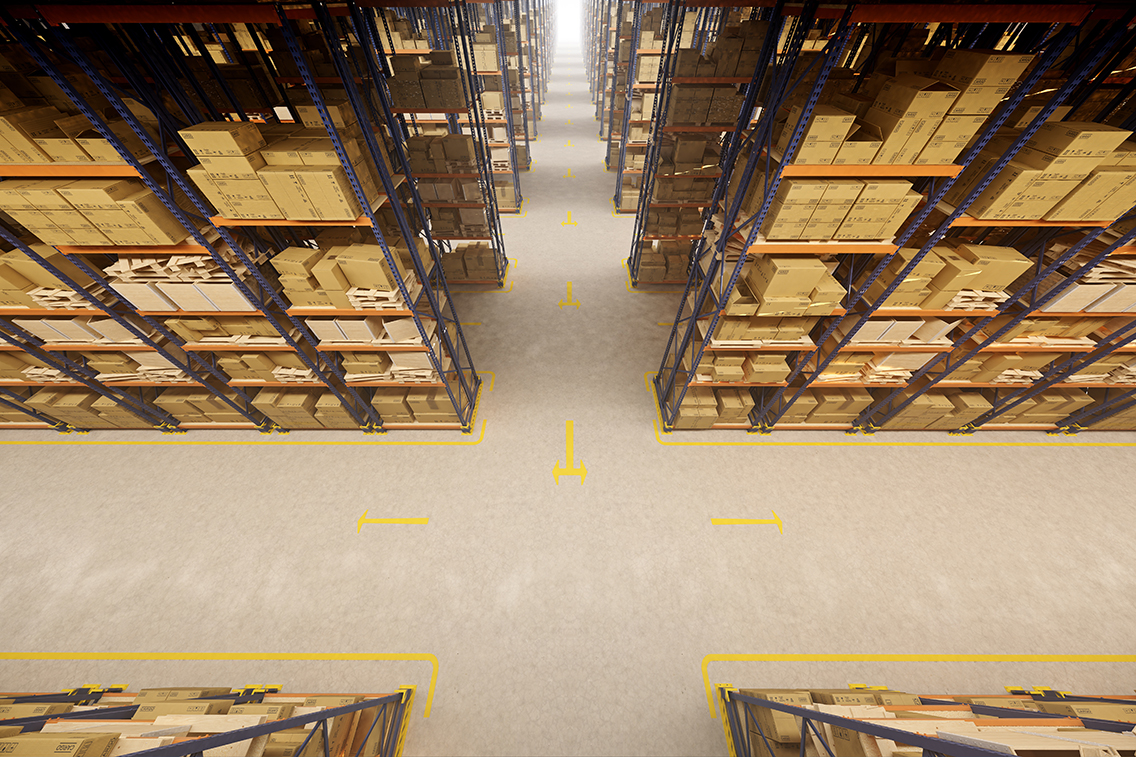Industrial Vacancy Falls to Lowest in 18 Years

The local vacancy rate fell to 6.30 percent in the first quarter, down from 6.34 percent at the end of 2018 and 6.67 percent a year earlier, according to a report from Colliers International.
The rate now sits at its lowest level in 18 years, with the strong economy fueling demand for space where companies make, store and distribute their goods. The rise of e-commerce has turbocharged the market: Companies that sell or ship goods sold online are gobbling up “last-mile” warehouse space to be near customers in Chicago and its suburbs.
Developers have gotten carried away in the far southwest suburbs, putting up huge warehouses along Interstate 80 on speculation, or “spec,” without signing tenants in advance. The I-80 corridor is the second-weakest submarket in the Chicago area, with a vacancy rate of 10.43 percent, up from 8.2 percent a year earlier, according to Colliers.
Nearly 3.4 million square feet of space is under construction along I-80, the most of any Chicago submarket, one reason Colliers expects the vacancy rate there to rise this year. Developers there have struggled to find tenants seeking 500,000 square feet or more, Stauber said.
“If you look down in I-80, it’s been challenged,” he said.
It’s a different story in markets closer to the city, like around O’Hare International Airport. Many companies that sell or ship products bought online, like Amazon, want to be near dense urban populations so they can quickly deliver their products to customers. At 3.47 percent, the vacancy rate for the O’Hare submarket was the third-lowest in the Chicago area in the first quarter, according to Colliers.
Wait! Don’t miss out on the latest insights
Sign up for Saschse Construction’s
e-newsletter below!
Featured Topics
BUSINESS
INDUSTRIAL
INDUSTRY NEWS
Investment

